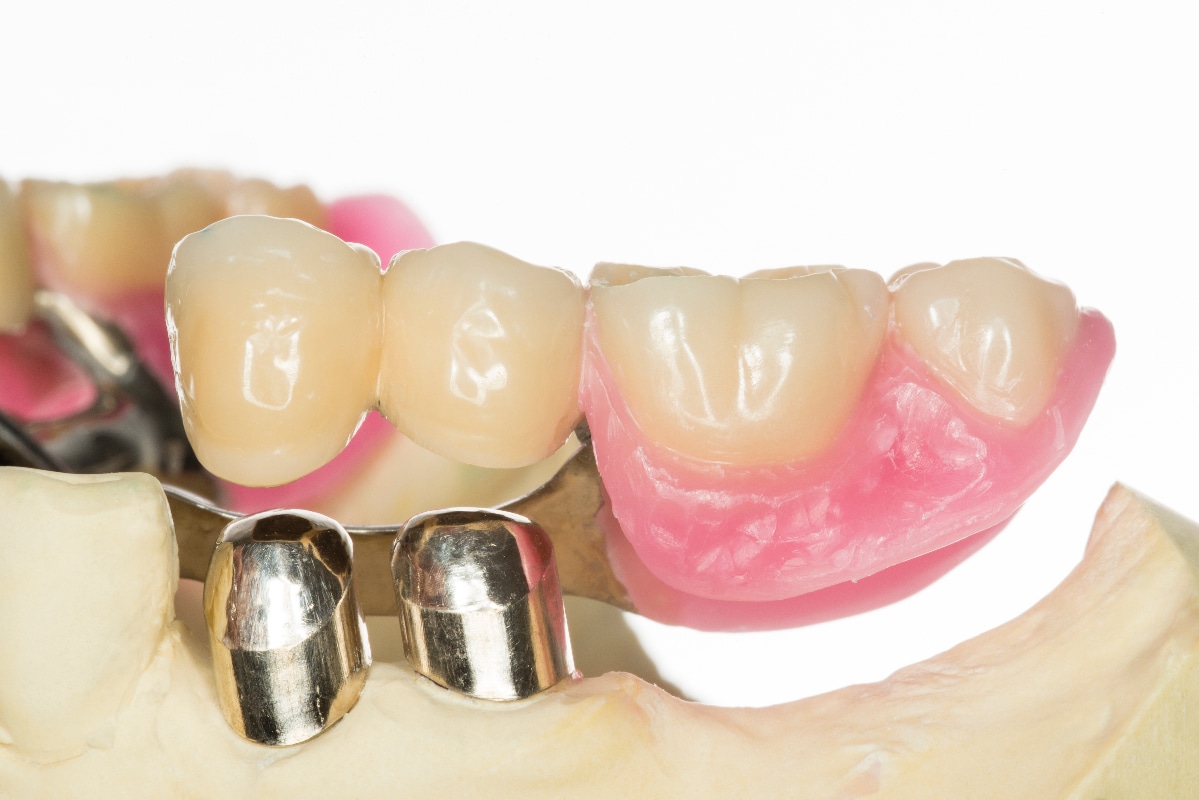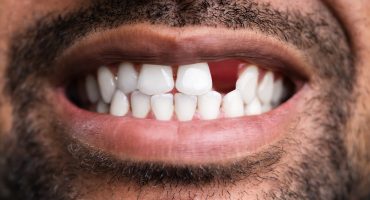How does the fitting and insertion of a telescopic prosthesis work?
In the first step, the dentist will have a conversation with you and explain all the advantages and disadvantages of the telescopic prosthesis. He will examine you, show you alternatives to the telescopic prosthesis and clarify the possible treatment steps to restore your dentition with you. Model casting prostheses or implants may be an alternative to the telescopic prosthesis, for example. For the preparation of a telescopic prosthesis several sessions are necessary.
Once you have decided on a telescopic prosthesis, the dentist will take an impression of your dentition. In the next step, the dentist prepares the abutment teeth. If he is satisfied, he will take another impression. Treatment is usually under local anesthesia. During the time that the telescopic prosthesis is made by the dental technicians, you will receive a provisional restoration from your dentist.
In the following steps, the denture is provided with secondary crowns and the telescopic prosthesis is adjusted so that it looks natural and fulfills its function during speech and chewing. The teeth of the telescopic prosthesis are matched in shape and color to the patient's jaw. After further testing of the denture this is finally completed and used by the dentist. Your dentist will discuss and practice with you the insertion and removal of the telescopic prosthesis.
In the last step, the checking of the denture takes place. The telescopic prosthesis must sit well and must not cause pressure points in the gums. After a few months of wearing a relining of the telescopic prosthesis may also be necessary.




